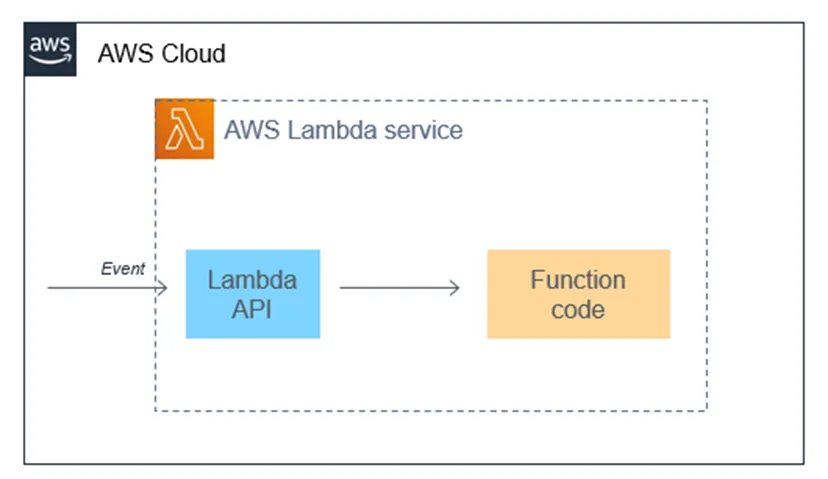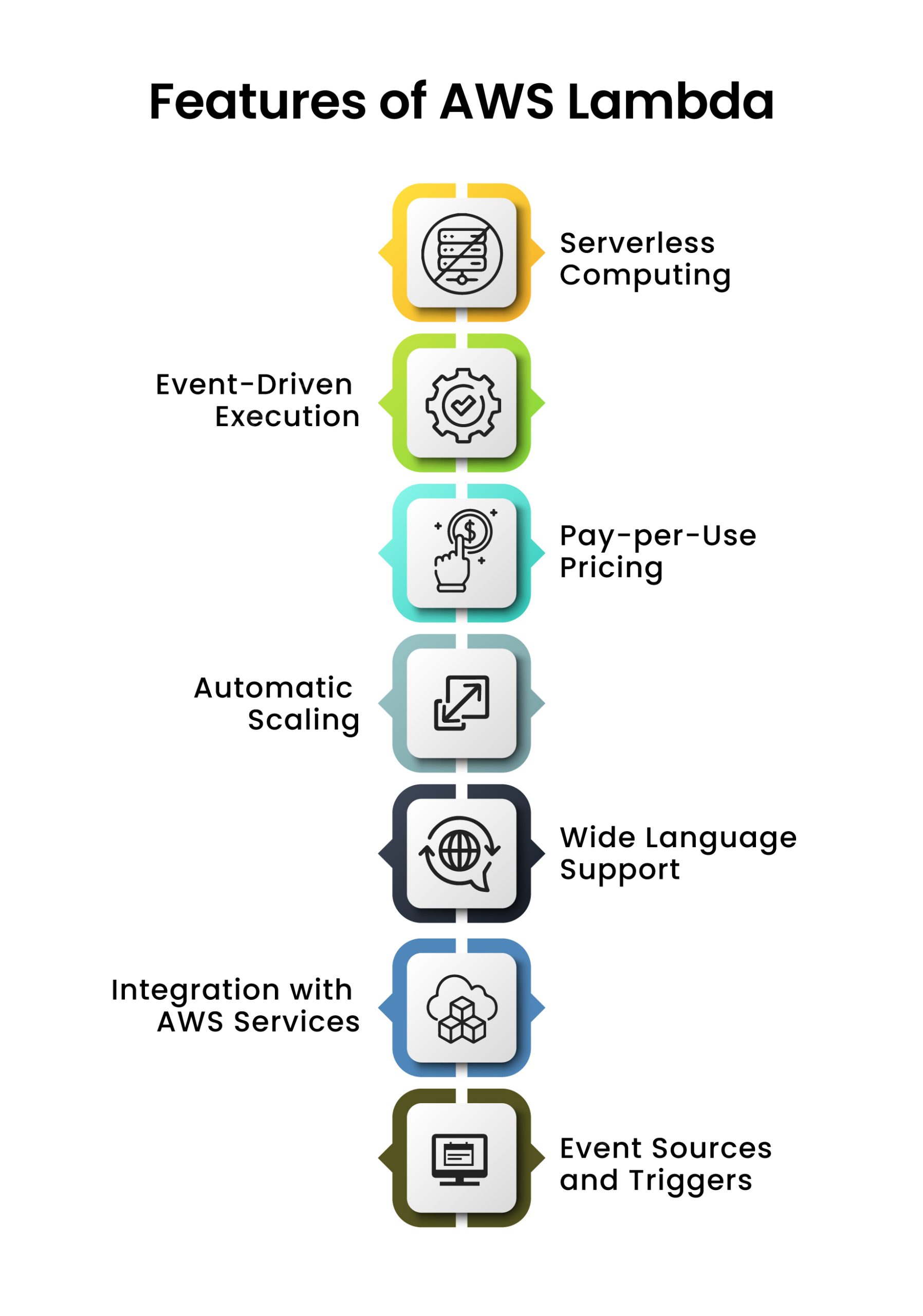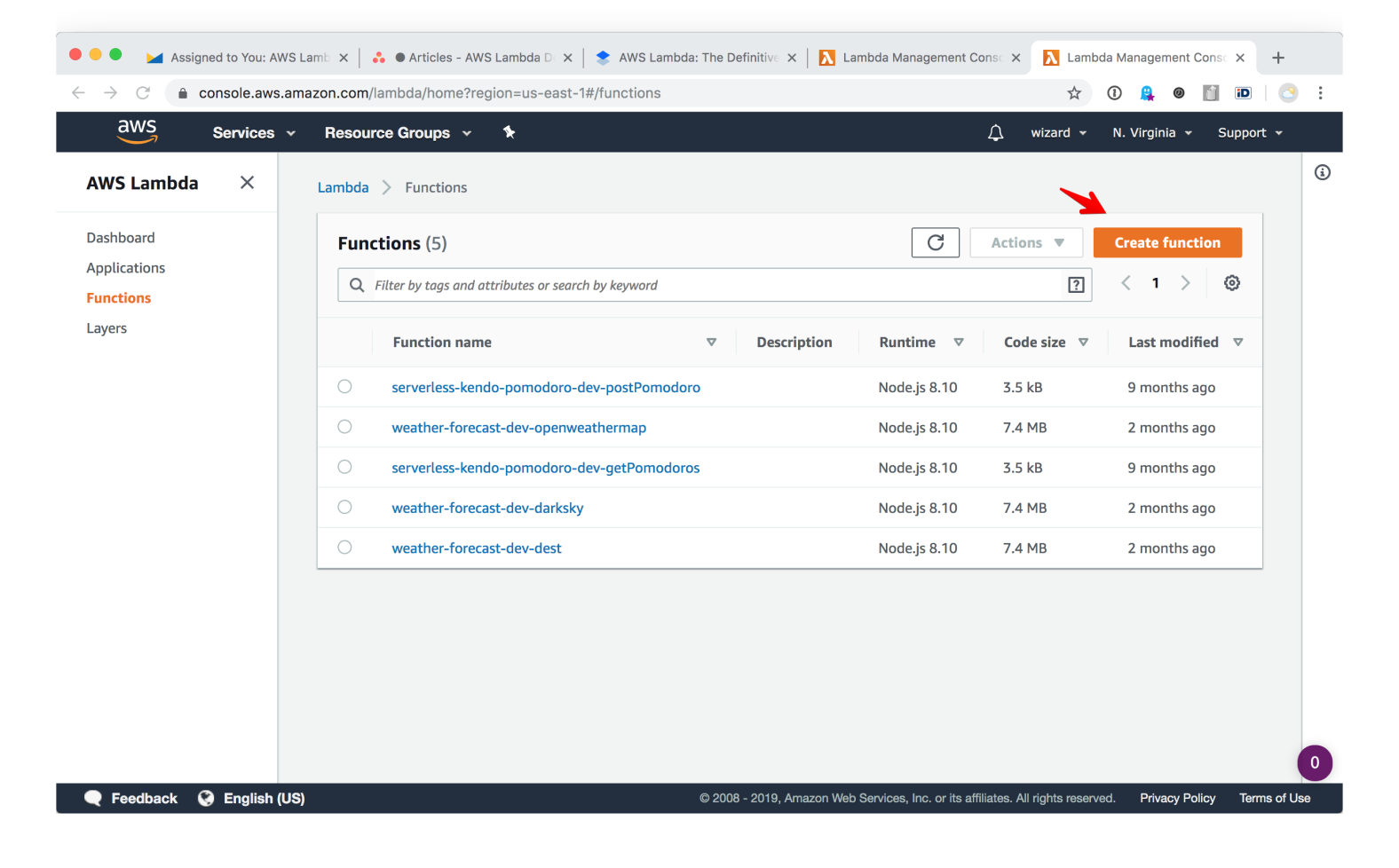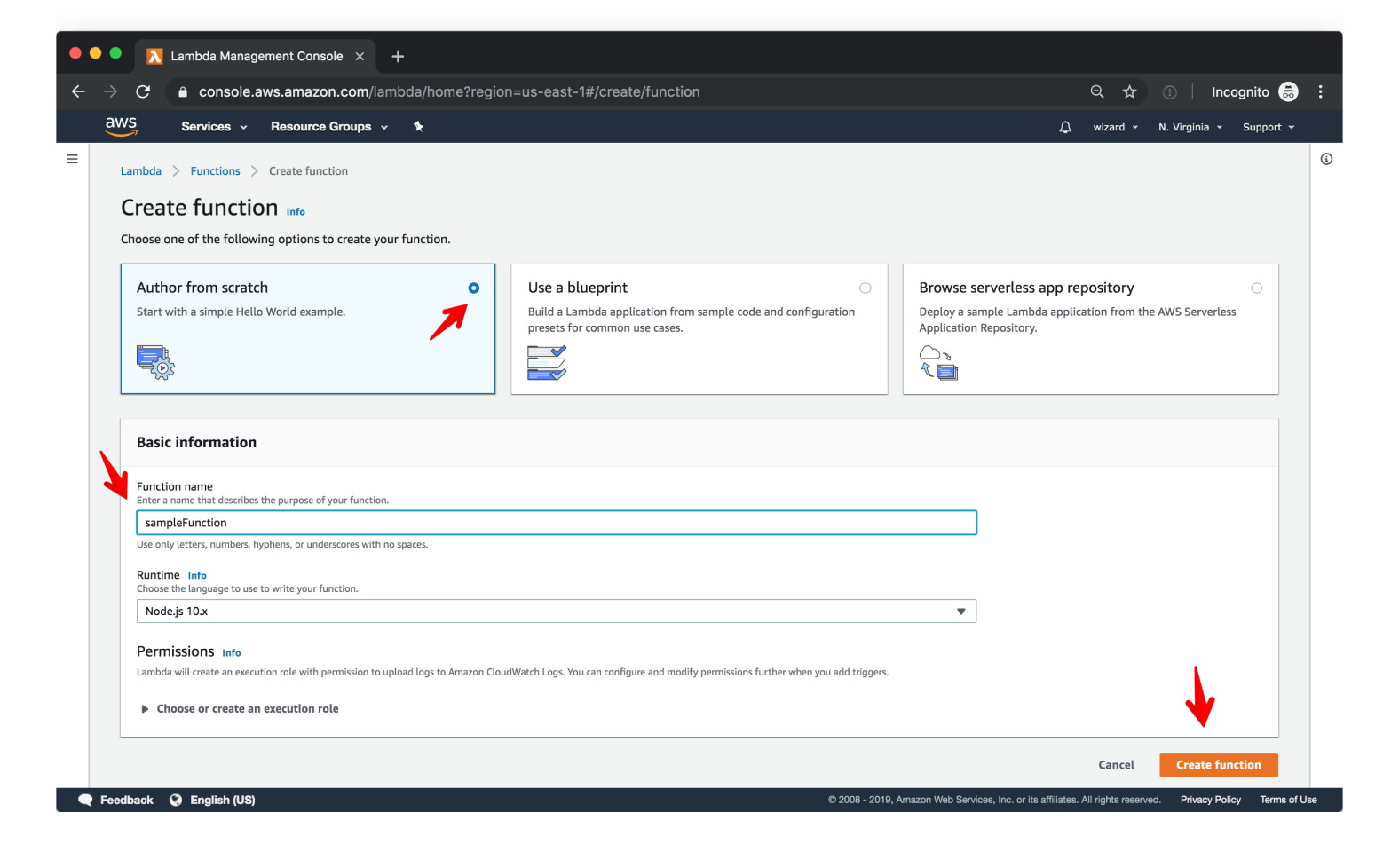
AWS Lambda is a serverless computing service provided by Amazon Web Services (AWS). Users of AWS Lambda create functions, self-contained applications written in one of the supported languages and runtimes, and upload them to AWS Lambda, which executes those functions in an efficient and flexible manner.
The Lambda functions can perform any kind of computing task, from serving web pages and processing streams of data to calling APIs and integrating with other AWS services.
Each Lambda function runs in its own container. When a function is created, Lambda packages it into a new container and then executes that container on a multi-tenant cluster of machines managed by AWS. Before the function start running, each function’s container is allocated its necessary RAM and CPU capacity. Once the functions finish running, the RAM allocated at the beginning is multiplied by the amount of time the function spent running. The customers then get charged based on the allocated memory and the amount of run time the function took to complete.
The entire infrastructure layer of AWS Lambda is managed by AWS. Customers don not get much visibility into how the system operates, but they also don not need to worry about updating the underlying machines, avoiding network contention, and so on.AWS takes care of this itself.
And since the service is fully managed, using AWS Lambda can save you time on operational tasks. When there is no infrastructure to maintain, you can spend more time working on the application code,even though this also means you give up the flexibility of operating your own infrastructure.
One of the distinctive architectural properties of AWS Lambda is that many instances of the same function, or of different functions from the same AWS account, can be executed concurrently. Moreover, the concurrency can vary according to the time of day or the day of the week, and such variation makes no difference to Lambda.you only get charged for the compute your functions use. This makes AWS Lambda a good fit for deploying highly scalable cloud computing solutions.
How Lambda Works?

By abstracting away server management, AWS Lambda allows developers to focus on writing code and building functionality, making it a powerful tool for creating scalable, efficient, and cost-effective applications.
Example Pricing (as of the latest update)
When building Serverless applications, AWS Lambda is one of the main candidates for running the application code. Typically, to complete a Serverless stack you will need:
Lambda fills the primary role of the compute service on AWS. It also integrates with many other AWS services and, together with API Gateway, DynamoDB, and RDS, forms the basis for Serverless solutions for those using AWS. Lambda supports many of the most popular languages and runtimes, so it is a good fit for a wide range of Serverless developers. In AWS Lambda interview questions, you can expect questions focused on serverless architecture, event-driven computing, and integrating Lambda with other AWS services like S3 or API Gateway. Common AWS Lambda interview questions may also cover scaling, error handling, and optimization techniques, as well as how to manage permissions and security with AWS Identity and Access Management (IAM)

AWS Lambda is a serverless computing service that enables users to run code in response to events without provisioning or managing servers. Here are some key benefits of using AWS Lambda:
🎯 Learn Features, Use Cases & Best Practices.
AWS Lambda pricing is based on the number of requests and the duration of code execution. Users are charged for the total number of requests to their functions, with the first one million requests per month being free.
The duration is measured in milliseconds, calculated from the time the code begins executing until it completes or returns an error. Charges are incurred based on the amount of memory allocated to the function and the execution time. Additionally, users may incur costs for associated services, such as data transfers and API Gateway usage. Overall, AWS Lambda's pay-as-you-go pricing model ensures cost efficiency, especially for applications with variable workloads.
| Category | Description | Cost |
|---|---|---|
| Requests | Lambda charges after the first 1 million requests (free tier). | $0.20 per 1 million requests |
| Duration | Cost is based on the amount of memory allocated and duration in GB-seconds. | For 1024 MB: $0.00001667 per GB-second |
| Memory | Allocated memory scales the cost, minimum is 128 MB, maximum is 10,240 MB. | 512 MB: $0.00000833 per GB-second |
| Provisioned Concurrency | Additional charges apply for concurrency, memory allocation, and duration. | Varies based on configuration |
| Ephemeral Storage | 512 MB free, additional storage incurs a charge. | $0.0000000309 per GB-second |
| Free Tier | Includes 1 million requests and 400,000 GB-seconds of compute time per month. | No charge (within limits) |
If you wish, you can use the AWS Lambda console to create your first function. In the AWS console, choose Lambda>
Once in the Lambda management console, click Create Function

Add a name for your new function and choose the desired runtime. After that, click Create function to confirm the settings.

The function is created, and you can now work on the function code and deploy the function directly in the Lambda console.
Your function code will be limited to 30MB. You will need to use the AWS web IDE to write the code in the browser. This IDE only provides very basic revision tracking and limits the collaboration on the code.
Setting up event triggers in AWS Lambda allows you to automate the execution of your functions in response to specific events. Here is a brief overview of the process:
Deploying and monitoring AWS Lambda functions involves several key steps to ensure your function operates effectively and efficiently. Here is a concise guide:
Confused about our certifications?
Let Our Advisor Guide You